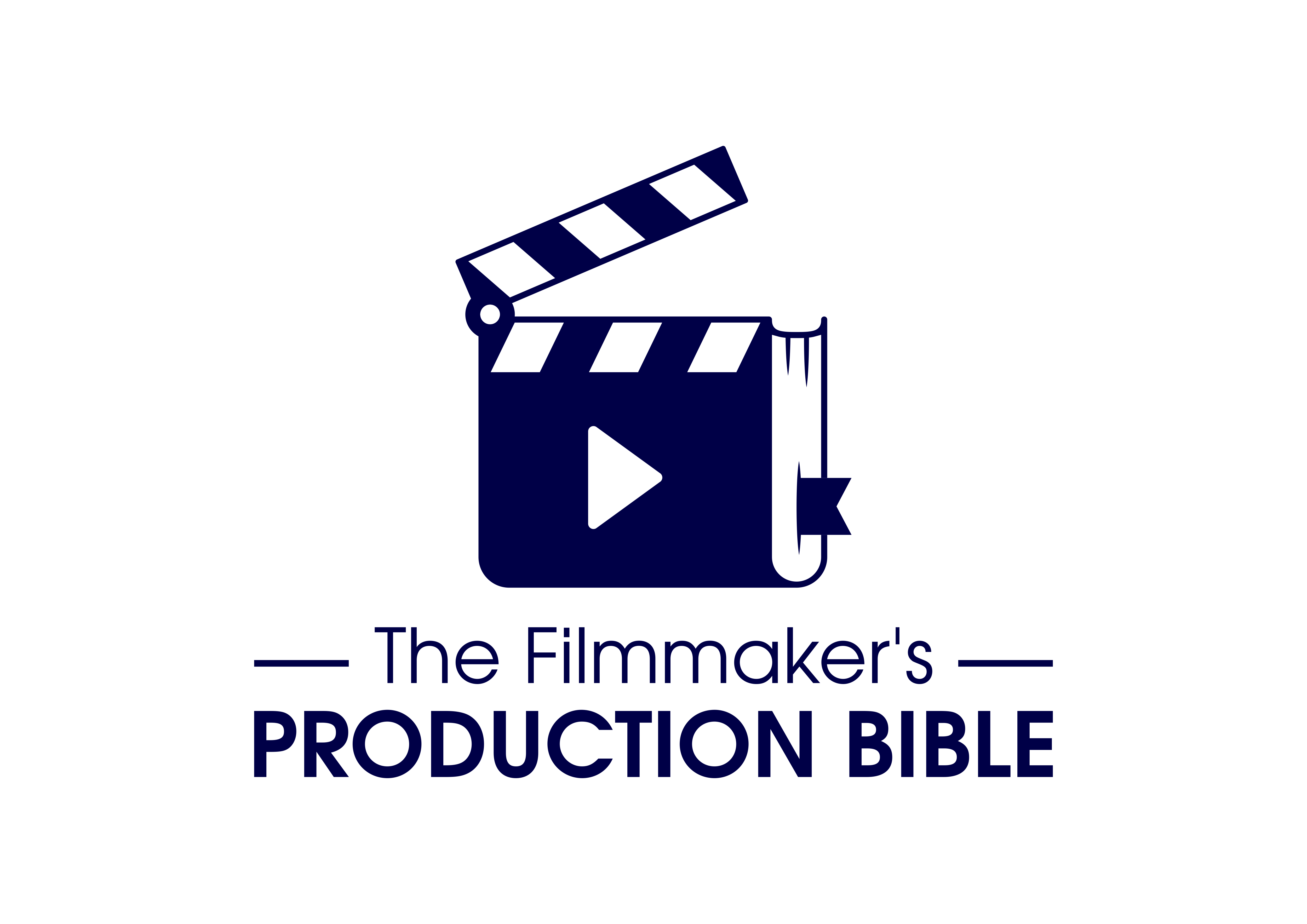You can’t have a budget without a schedule
At least not one you can trust. You can have a generic budget to get a general idea. But you can’t have a real budget, unless it’s based on a schedule, which is based on a breakdown. For example, how many extras should you budget for? The only way to figure that out is by breaking down the script scene by scene, adding the appropriate amount of background performers in each scene, then scheduling all of your scenes, and summing up how many “background mandays” that totals up to. Your budget needs to be based on something.
Step 1: Beginning with the Script
 Everything begins with the script. The first thing I always do when I’m hired to budget a film, is ask for the script in fdx (Final Draft) format. While I’m not writer, I use Final Draft constantly. It’s an expensive investment, but one very much worth making, and I highly recommend it if you can afford it.
Everything begins with the script. The first thing I always do when I’m hired to budget a film, is ask for the script in fdx (Final Draft) format. While I’m not writer, I use Final Draft constantly. It’s an expensive investment, but one very much worth making, and I highly recommend it if you can afford it.
First thing I do is review the sluglines. Sometimes you’ll find things in the script like “20 MINUTES LATER…”, or in some cases the writer will cut back and forth between two people in different locations on a phone conversation without adding all of the necessary sluglines. In that case, I’ll make sure the script details at least one slugline for each location. The more you catch these details in the script, the better prepared you’ll be when scheduling, and ultimately when budgeting.
Once all the sluglines look good, I make sure to number the script. This is one of the most important first steps. Keep in mind that after this, your schedule and all of your breakdowns will be based on this script numbering, so make sure it’s properly done! Now just save a new fdx file!
Next Stop: Final Draft Tagger
It’s important to note that in the old days, people broke down scripts using pens, highlighters and a lot of paper, so you can really use whatever technology you have available. However, there is an infinitely easier and faster way (and in my opinion, more efficient way as well). If you own Final Draft, it also comes with a free software called Final Draft Tagger. Final Draft Tagger basically lets you prepare an fdx file to import into Movie Magic Scheduling.
You can, of course, build the breakdown sheets from scratch, but Final Draft Tagger imports all of the information already available (such as sluglines, INT/EXT, Day/Night, Page Counts, etc) directly into scheduling. That’s a WHOLE LOT LESS information that you now need to add in manually. Final Draft Tagger is not perfect, however, so you definitely want to go in and double check all the work. Still, double checking the work will be far less time-consuming than manually inputting everything from zero.

Open Final Draft Tagger, then go to File / Open File… and select the numbered fdx that you just saved. This will upload the script in a slightly different format, AND it will already start “tagging” CAST names. Now all you do is go scene by scene and “tag” the elements in the script like “Cast”, “Vehicle”, “Props”, etc. Once you’re done, you’re going to want to save the fdx file again, so that the next time you open it with Final Draft Tagger, all your work will still be there. Finally, you want to “Export to Schedule”. That’s going to create a .sex file (don’t ask me why they couldn’t think of a better file extension).

Import into Scheduling
Now that you have your .sex file, you can open a new file in Movie Magic Scheduling, and import your work. For a more comprehensive tutorial on this workflow you can check out this video. I consider the work in Final Draft Tagger to be the first pass, where you tag all of the elements that are explicitly in the script. Once you open up your breakdown sheets in Movie Magic Scheduling, this becomes your second, more comprehensive pass. Here you’ll add elements that are implicitly in the script. For example if the location is a train station during rush hour, but there is no mention of background performers, you can safely assume you’ll need a lot.
After your second pass, you’ll have a very comprehensive breakdown of your script. You’ll be able to print quick reports that will come in handy later on when budgeting (for example Extras by Day Report, or a Vehicles DOOD, Additional Labor DOOD, etc.) You’ll notice when going line by line in your budget that you’re going to encounter a lot of questions that can only be answered by the work you’ve done here!
